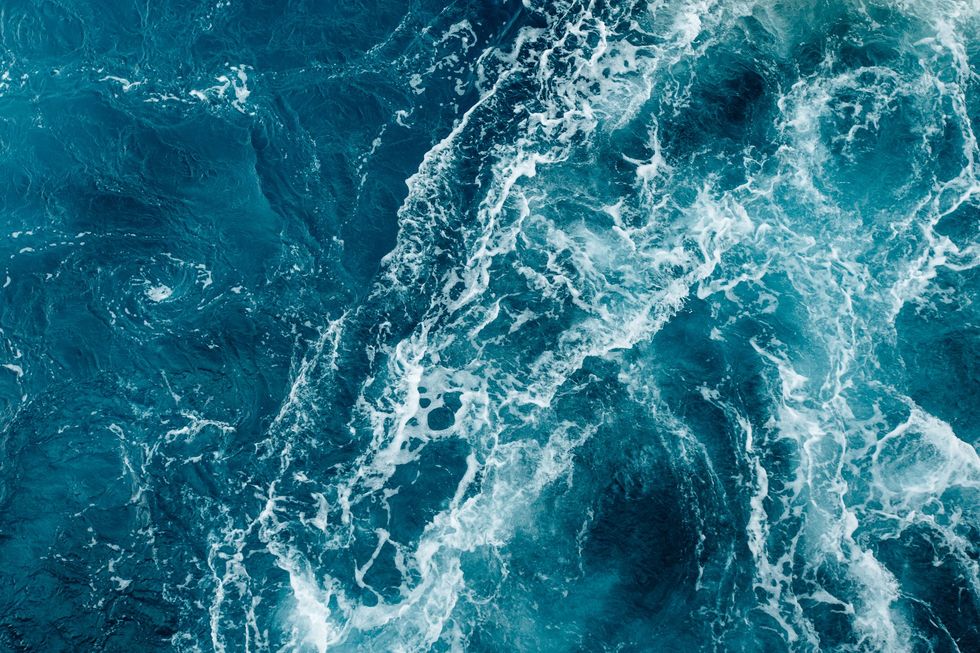Harry Fletcher
Mar 29, 2025
The Water Cycle: Evaporation, Rain, Snow, and the Ocean
Vintage Films by VideoNest / VideoElephant
Everyone knows the Earth has constantly evolved over the course of billions of years, and the natural landscapes we see today are unrecognisable from ones at various stages in our planet’s history.
However, most people might not realise that the blue oceans we’re so familiar with now looked very different indeed when they first formed.
That’s right – according to new research, the earliest oceans on Earth weren’t blue at all, but green.
It’s a strange thought, but a study from experts at Nagoya University in Japan has found that the Earth was once covered in green water.
Not only does it challenge common perceptions, but the research could also help in the search for alien life out there in the Universe.
The research, published in Nature Ecology and Evolution, focuses on cyanobacteria.
What is cyanobacteria? I’s a type of bacteria that around 2.4 billion years ago started the process of oxygenic photosynthesis, using sunlight to produce oxygen.
This bacteria was key to the transformation of Earth’s atmosphere – known as the Great Oxidation Event - and allowed life forms that relied on oxygen to survive to develop.

The researchers state that the oceans were on the green light spectrum due to high levels of ferrous iron, which came from hydrothermal vents.
However, the Great Oxidation Event, kicked off by cyanobacteria, changed it from ferrous to ferric iron.
That, in turn, meant that those particles absorbed blue and red light, when meant that more green light was able to pass through and the oceans appeared green.
As a result, the team of experts led by Taro Matsuo, also suggest that searching for planets with green seas could help in the search for early life on other planets.
“Remote-sensing data show that waters rich in iron hydroxide, such as those around Iwo Island in the Satsunan archipelago, appear noticeably brighter than typical blue oceans,” Matsuo said.
“This leads us to think that green oceans might be observable from a longer distance, making them easier to detect.”
You may like...
Mutated tribe can swim to bottom of ocean after developing 'sea nomad gene'
NASA's James Webb Space Telescope observes Neptune's stunning auroras for the first time
Sign up for our free Indy100 weekly newsletter
How to join the Indy100's free WhatsApp channel
Have your say in our news democracy. Click the upvote icon at the top of the page to help raise this article through the Indy100 rankings
Top 100
The Conversation (0)














